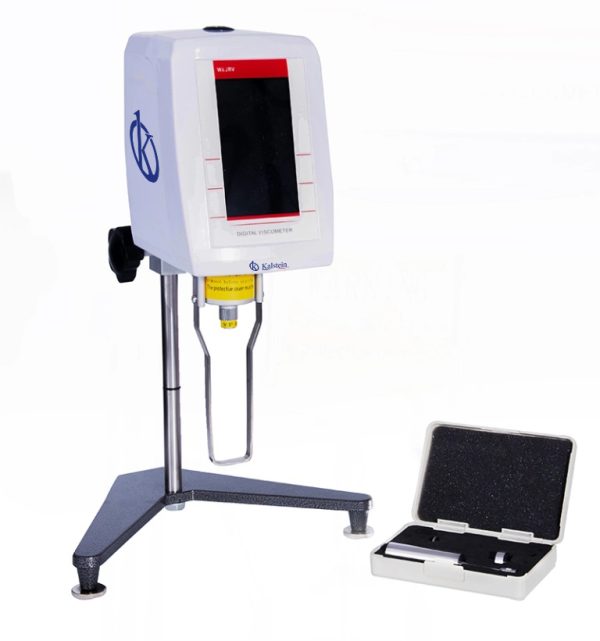Viscometers are very useful tools that are used in a variety of industries and applications. These tools are used to measure the viscosity of liquid and fluid products, and are highly valued for their accuracy and ease of use. There are several types of viscometers, each with their own specific characteristics and uses. These devices have a wide variety of applications, from measuring the viscosity of petroleum liquids to the manufacture of cosmetic products.
Laboratories in different industries should evaluate their needs before purchasing the most appropriate viscometer. The manufacturers of this equipment, taking into account the range of applications, will design both flexible and specific equipment, so that the industry will have a device that meets its needs. Several types of viscometers are available on the market at prices depending on the characteristics of the equipment.
What are the types of viscometers available on the market?
One of the main types of viscometers are Brookfield viscometers. These viscometers are based on a resistance principle whose main feature is a needle that is immersed in the liquid and moves through it. The measurement performance can be adjusted depending on the amount of torque required. These viscometers are useful for measuring liquids with high solid contents, such as oil, as they can perform accurate measurements.
Another type of viscometers are called vane viscometers. These devices are designed to obtain measurements of liquids at constant temperature. These viscometers consist of a metal vane immersed in a liquid and a switch with a clamp on top. The clamp slides over the paddle and allows the resistance of the liquid to be measured. These viscometers are useful for measuring the viscosity of liquids with fluid properties, such as milk, wine and food products.
Rotational viscometers are another variety of these useful tools. These viscometers operate with a rotating spoon connected to a motorized device. The motorized device works by controlling a metal belt that controls the rotation of the scoop. The scoop is introduced into the liquid and measures the force it requires to move. These viscometers work well for measuring the viscosity of harmful liquids, such as chemical additives, as well as for measuring lubricants and oils.
What are the other viscometer options available to laboratories?
Glass chain viscometers are also considered an exceptional type of viscometer. These tools work with a glass chain immersed in a liquid. This chain is connected to a mechanical counter, which causes the chain to slide through the liquid. The time it takes for the chain to travel from the beginning to the end of the measurement yields a result. These viscometers are ideal for evaluating hazardous chemicals or for measurements under extreme conditions.
Finally, ultrasonic viscometers are also a popular choice. These viscometers work by sending ultrasonic sounds through the liquid. These sounds are reflected in the liquid, and the rate at which they are reduced is used to calculate the viscosity. These viscometers are widely used to measure lubricating oils, as well as for pharmaceuticals and food products.
In conclusion, there are several types of viscometers available for accurate measurements of liquids and fluids. The different types of viscometers have their own specific characteristics and uses, making them suitable for varied applications. These tools are very useful for understanding the viscosity of liquids and fluids, allowing better control of production processes and improving the quality of end products.
The Kalstein Brookfield Viscometer
Kalstein produces rotary and Brookfield viscometers. The latter provides a measuring range between 1 and 2,000,000 cps, with a temperature sensor with an accuracy of 0.1 degrees Celsius and an accuracy of around one percent. To purchase any of our products, please visit our website, where you will find several products from the Kalstein family. The website addresses are HERE and HERE.

